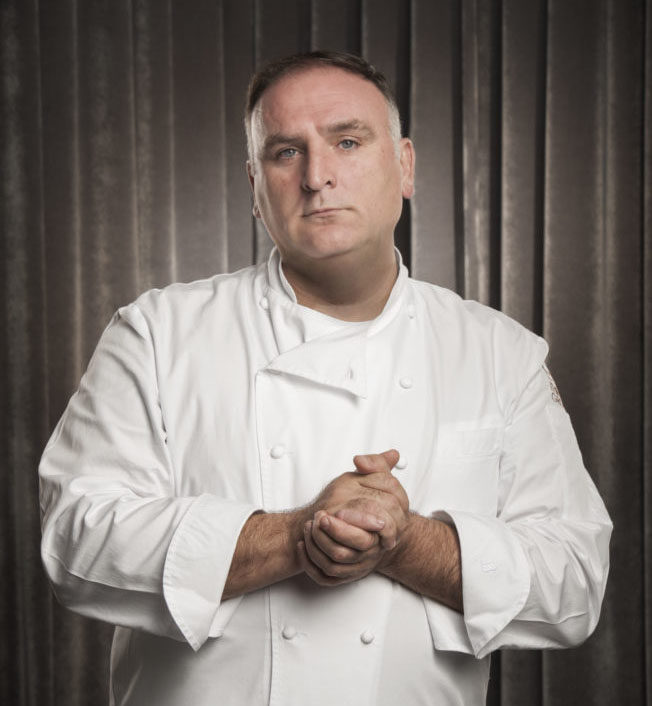
Chef José Andrés. Photo credit: Ryan Forbes
From the rolling vineyards of the Basque region to the buzzing tapas bars of Barcelona, the cuisine of Spain is unrivaled. To get a better sense of the way food brings people together in Spain, we asked José Andrés, James Beard Award-winning chef and owner of ThinkFoodGroup and Jaleo by José Andrés, to give us the rundown on some of the country’s most iconic foods.
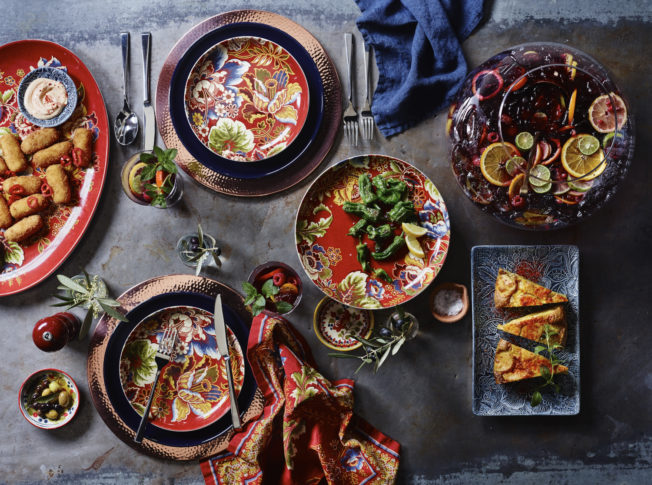
Why is the tradition of tapas so integral to Spain and its culture?
José Andrés: The word tapas is kind of the Spanish word for “to cover.” The story goes that the original tapas were slices of bread that the bars gave the guests to cover their glasses, to keep the flies away! Maybe that’s true, but what we know is that people started to get creative and put all kinds of things on top of the bread. That was the beginning of tapas.
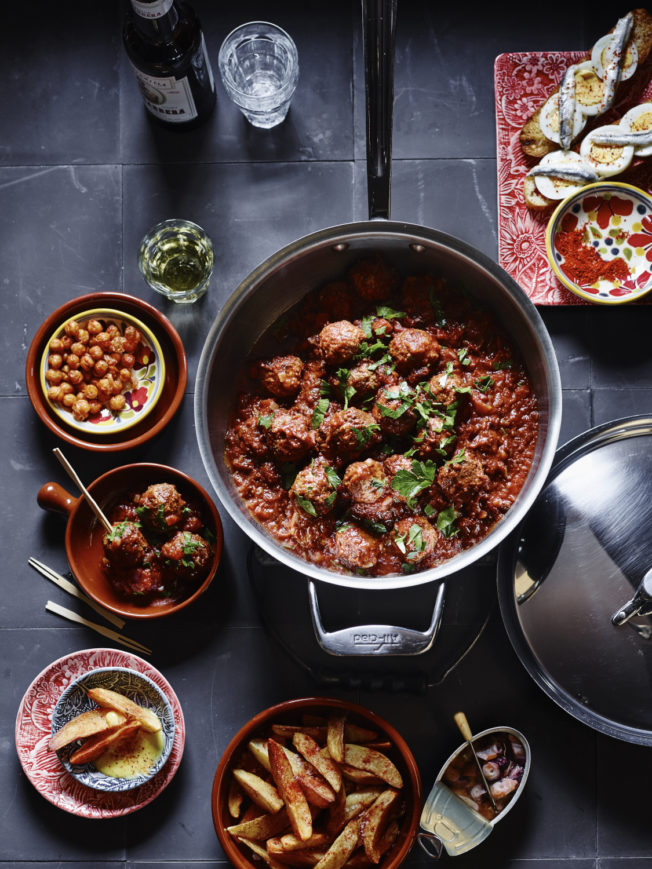
If you are using the word “tapas,” you need to emphasize sharing and make sure that you make sharing easy. You need to give portions that are not too small and not too big; that gives people the opportunity to experience an informal tasting menu. That’s how tapas shine; tasting menus customized by the person according to their appetite and tastes.
In Spain, many people enjoy something called the tapeo, the tapas crawl. A meal in Spain is meant to be shared. Food is a social event. You don’t even have to stay at one restaurant for the whole meal. At the end of the day, tapas is about enjoying standing up with a beer and sharing dishes in a very informal way.
Spain is a place with very different regions, a land of many cultures and many languages. But the one thing Spaniards all share is a great love of food.
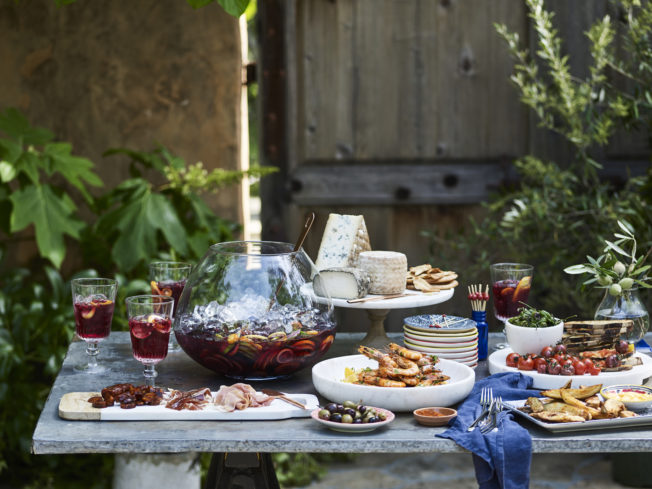
Many types of dishes, from croquettes to pickles to shrimp, can be considered tapas. What characteristics do they all share in common?
JA: The most important thing is that they can be shared. Beyond that, I have always believed that what is a tapa is only limited by your imagination. You might think that cocktail-sized hot dogs are not exotic enough to be tapas. That is not true! In Spain we have a delicious type of sausage called chistorra. And I love to serve small pieces of them wrapped in a potato, sliced paper-thin, and fried. Wait, you are asking yourself: a potato chip? And I say, absolutely. Tapas is about experiencing a bite, sharing it with friends, and making a memory.
You’ve spoken about your love for gazpacho, another iconic Spanish dish. What do you think makes it so great?
JA: Gazpacho is the Trojan horse for people who don’t like vegetables. You see, gazpacho is like a smoothie—a salad smoothie! The summers in most of Spain are scorching hot. There is nothing like getting home from school or work, opening your refrigerator, and finding a pitcher of this refreshing, beautiful, red gazpacho! It cannot be easier to make: You just have to use really ripe tomatoes, maybe even the ones that don’t look so perfect.
The best gazpacho? No question, the one my wife Patricia makes. You know, I have 23 restaurants and the number one recipe people ask me for is—you guessed it—my wife’s gazpacho.
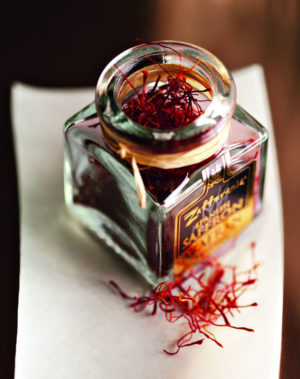
If people were to associate one dish with Spain, it would probably be paella. What makes it so iconic?
JA: Paella may sound like something fancy, but really it is a humble dish. Paella started with people cooking whatever was in the fields, whatever is fresh and good. Paella showcases the best of Spain, from every part of Spain.In Valencia, the birthplace of paella, that means chicken, rabbit, and a kind of green beans. Near the coast, it is the incredible seafood.
In all the paellas, there is saffron from the Spanish plains, harvested by hand, a way unchanged for centuries. A paella, somehow, takes all of this and elevates it to something much more.
Do any of these traditional dishes hold a special place in your heart?
Paella is so important to me as a chef and as a father—it taught me one of my life’s biggest lessons.
I was born in the north of Spain. Most Sundays, my father hosted cookouts at our house, and he would always make a giant paella. Pretty much anybody who showed up would get to enjoy some: family, friends, and neighbors. It’s a lot like a neighborhood barbecue. Maybe you have a beer, maybe you catch up with friends.
When I was a boy, I was the one who had to gather the wood. I wanted to do the important job—the cooking—with my father, but I was not allowed. One day, I let my frustration get the best of me, and I blew up at my father in front of everybody. My father didn’t give my outburst much attention. That night, he took me aside, and he taught me a lesson I remember every day. He said, “Son, why are you upset? You must know that I gave you the most important job all along.” He told me that with cooking, the most important part is controlling the fire. The fire is the foundation. You must control it, or even with the best ingredients, the best chopping and sautéing, there will be nothing.
Today I have three wonderful girls, Carlota, Ines, and Lucia, and they grew up helping me make paella on the weekends. The only occasion you need to make paella, by the way, is a time together with people you care about! My girls started out gathering twigs for the fire, like I once did! We love to go to our local farmers’ market to see what is fresh, and choose ingredients for the afternoon’s paella.
Inspired to make a Spain-inspired spread of your own? See our Spanish tapas party menu for more ideas. Through August 19, enter for a chance to win a trip to Spain, where you’ll eat at Michelin-starred restaurants, tour wineries, enjoy cooking lessons and more.
